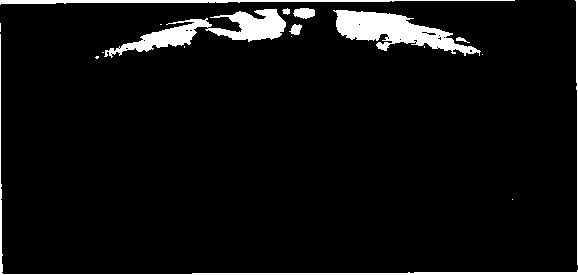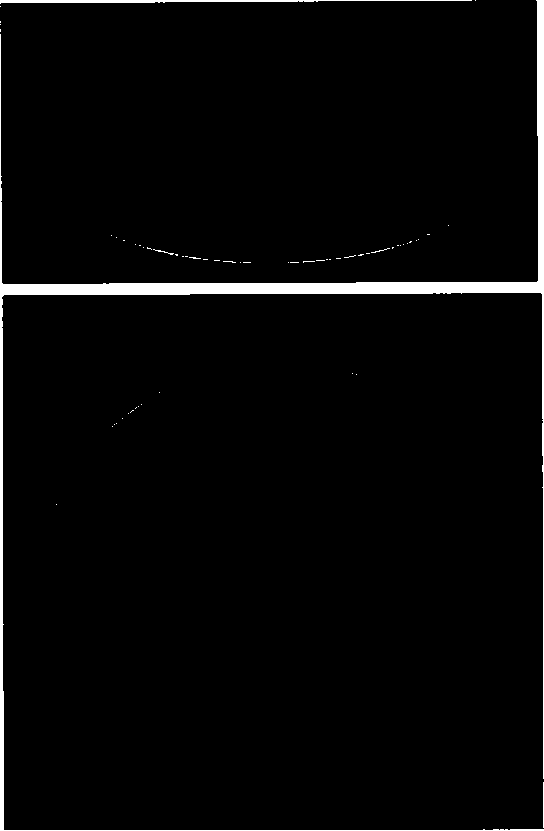Method for improving domestication survival rate of distant-hybridization tissue cultured seedlings of cucumbers
A technology of distant hybridization and tissue culture seedlings, applied in horticultural methods, botanical equipment and methods, horticulture, etc., can solve the problems of waste of rare materials, high survival rate, difficult to achieve, etc., to improve the germination rate, speed up reproduction, The effect of reducing the degree of callusization and vitrification
- Summary
- Abstract
- Description
- Claims
- Application Information
AI Technical Summary
Problems solved by technology
Method used
Image
Examples
Embodiment Construction
[0024] 1. Embryo culture: wash a hybrid fruit with the cultivated cucumber 'Baisitiao' as the female parent and the wild cucumber related wild species C. hystrix as the male parent, and then dip it in 75% ethanol with absorbent cotton After surface disinfection, spread high-temperature sterilized filter paper on the ultra-clean workbench, use tweezers to clamp out the unfulfilled seeds in the fruit, remove the capsule, cut longitudinally to remove 1 / 2 of the testa, and insert the embryo into MS+0.2mg / L6-BA+60mg / L sucrose medium for embryo culture, temperature 25 ℃, light 2500lx. After 6 days of cultivation, the germinated embryos were transferred to fresh MS basic medium, and other conditions remained unchanged, and sterile seedlings could be obtained one week later.
[0025] 2. Induction of clustered adventitious buds: Carefully cut off the terminal buds or axillary buds (about 0.5-1.5 cm) of the above-mentioned sterile seedlings on an ultra-clean workbench covered with ster...
PUM
 Login to View More
Login to View More Abstract
Description
Claims
Application Information
 Login to View More
Login to View More - R&D
- Intellectual Property
- Life Sciences
- Materials
- Tech Scout
- Unparalleled Data Quality
- Higher Quality Content
- 60% Fewer Hallucinations
Browse by: Latest US Patents, China's latest patents, Technical Efficacy Thesaurus, Application Domain, Technology Topic, Popular Technical Reports.
© 2025 PatSnap. All rights reserved.Legal|Privacy policy|Modern Slavery Act Transparency Statement|Sitemap|About US| Contact US: help@patsnap.com



